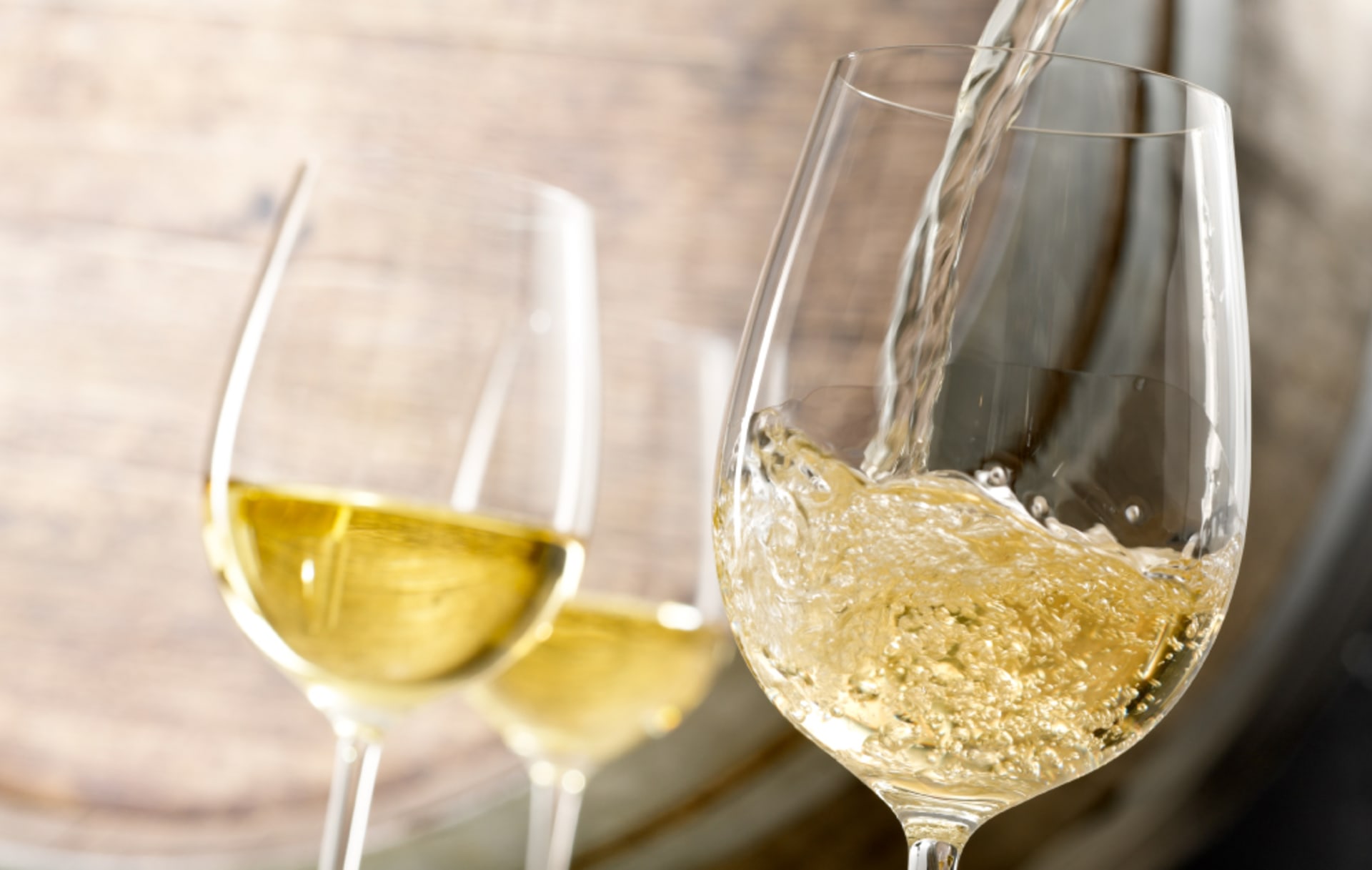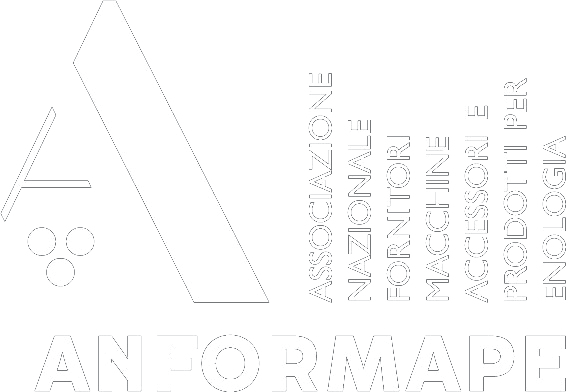How white wine vinification takes place
White wine vinification, which differs from red wine vinification, leads to the production of white wines and can be made from either white or red grapes.
Historically, this technique involved immediate separation of the solid parts of the raceme from the must – by removing the skins and pips immediately, maceration did not take place. Today, the trend is to carry out a short maceration to exploit the contents of the skin (responsible for some of the specific properties of wines).
Maceration in the white wine vinification process, however, is short and controlled. It takes place in the pre-fermentation stage – this is what distinguishes it from red wine vinification.
Processing of the grapes
The right moment to harvest the grapes depends on the wine that is required to be produced. For sparkling wines, grapes are harvested early – their sugar content must be compatible with the alcohol content by volume that results from re-fermentation. White wines for ageing are made from well-matured grapes, but overripe grapes, with an almost withered berry, may also be harvested.
Once the grapes have been harvested, either manually or mechanically, they then undergo mashing. The berries are prepared for fermentation, either by destemming (the berry is separated from the raceme and simultaneously broken up) or by pressing, which today is usually carried out using a pneumatic press, where the berry is broken up so that its liquid is released. The latter process, which is required for the production of wines that require short maceration times, is followed by pressing – the juice is extracted from the grapes, either crushed or whole, and it then undergoes fermentation.
Fermentation of the grapes
Fermentation of the grapes may or may not be preceded by short maceration. Dreg removal, on the other hand, is always required, and consists of removing any residues of skin, pips and all other impurities from the must.
Once it is ‘cleaned’, the must is allowed to undergo fermentation – the sugars are converted into alcohol, and the resulting development of CO2 gives rise to bubbling and heat.
Many white wines are fermented in barriques, and left to rest on the lees (the liquid sediment that settles on the walls and bottoms of barrels) for months. The benefits of bâtonnage, a technique that involves regular stirring to encourage contact between the liquid and the lees, are manifold:
- enhanced antioxidant effect;
- transfer of polysaccharides;
- reduced need for SO2.
Other wines are fermented in temperature-controlled, steel containers.
Preventing contact with air is essential when fermenting white wine – enzyme oxidation of the polyphenols would deteriorate the organoleptic qualities of the wine.
What temperature should white wine be fermented at?
The optimal fermentation temperature for white wine is 18°C. This allows the characteristic fruity, floral aromas to form (temperature control is usually achieved by using double-walled insulated fermenters).
During fermentation, it is possible to add selected active dry yeasts. Fermentation adjuvants are usually used and sulphur dioxide is added to prevent oxidation.
Decanting the wine
White wine refining and bottling
White wine vinification is carried out in barriques, and begins with fermentation. The wine is then held internally, on the lees, for several months (without decanting). For particularly fragrant, intense white wines, however, vinification by reduction can be carried out, the aim of which is to prevent the must from coming into contact with air from harvesting to bottling. Carbon dioxide in the form of dry ice, nitrogen or argon may be used for this type of vinification.
The final stage of vinification is bottling. Bottle choice is determined by aesthetics and tradition, but other aspects should be taken into account such as thickness, colour and shape. The most commonly used stopper for bottling white wine is a synthetic stopper, followed by the cheaper composite cork stopper.
After being washed, normally by bottle washing machines, the bottles are filled using filling machines. Stoppers and capsules are then inserted and labels are affixed.
Difference between red and white wine vinification
The main difference between red and white wine vinification lies in the maceration. Which is indispensable for red wines, but is absent or very brief for white wines.
Maceration for the production of white wines is carried out prior to fermentation – once complete, solid parts are then separated from liquid parts (which are then fermented).
If present, maceration in white wine vinification does not last more than a few hours. Some particular cases may involve several hours or days of maceration of the skins. These are ‘orange wines’, which have a vinification process similar to that of red wines with more rustic, intense flavours.


 China
China
 United Kingdom
United Kingdom





